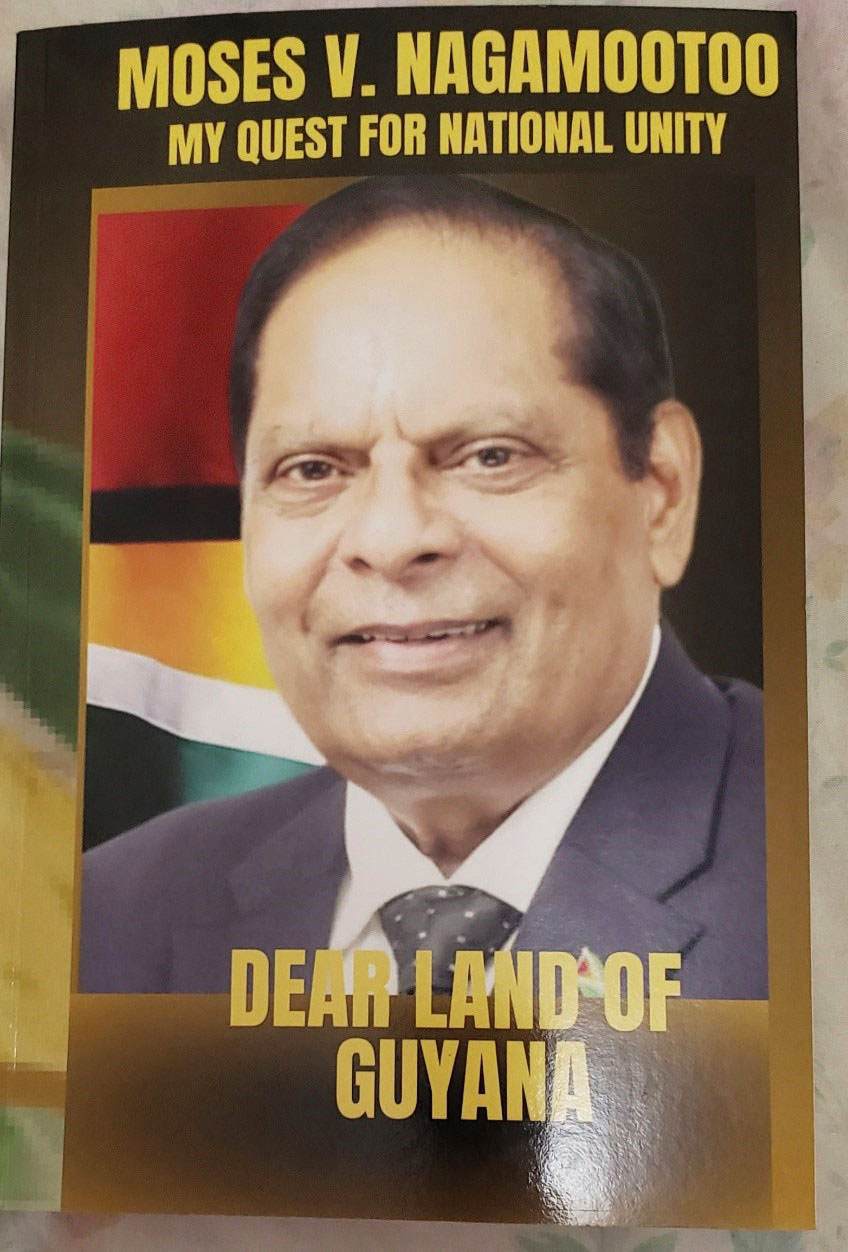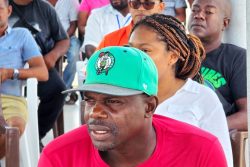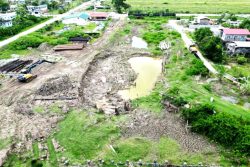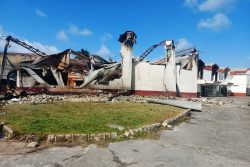Introduction
Chapter 20 of the book is a celebration of the women in politics particularly beginning in 1961 when Moses Nagamootoo joined the PPP as a youth in pre-independence Guyana. Three years later the PPP lost parliamentary control and executive power in the first proportional representation elections in Guyana, engineered and imposed by the UK government which led to the PNC and the United Force Coalition in 1964. Through a prolonged period of 28 years of PNC rule underpinned by rigged elections and the virtual collapse of the country’s economy, there is no extensive, critical review of that period in the book.
The chapter is titled Saga of Women’s Struggle and highlights the role played by women in the political development of the country, identifying as the first among the pioneers, founder member of the PPP Janet Jagan, the only woman President the country has ever had, Winifred Gaskin, Jane Phillip-Gay, Patricia Benn, Thelma Reece and Philomena Sahoye-Shury whose combative style earned her the soubriquet Fireball. The chapter is built around six distinct themes – the Burnham years; the symbols of struggle; exceptional women; the heroic figures; workers stage; and revolutionary changes – and identifies some of the standout women under each of those themes.
Foot soldiers but not leaders
A number of these women, including Shirley Edwards, Mitra Devi and Pauline Sukhai, had joined the PPP in their youth but are still around and recognisable by contemporary Guyanese. But by far, the two women most admired by Nagamootoo were Indra Chandarpal, who “along with three of her sisters were hauled away in their nightdresses by the police during the repressive 1973 elections”, and Gail Teixeira who has featured in every government since 1992 following her return from Canada where she had been involved in the anti-apartheid movement and had a close connection to the communist party of that country. Interestingly, Ms. Teixeira is the only person, let alone woman, with any leftwing bent to have featured in the top ten in the recent PPP Congress. Nagamootoo also accords recognition to several women of the Working People’s Alliance who were in the forefront of the resistance to the PNC, including Andaiye, Jocelyn Dow, Karen DeSouza, Bonita Bone-Harris and Vanda Radzik.
The chapter was essentially a reproduction of a feature article Nagamootoo wrote in Thunder, the PPP political organ in 2008 when he was still a leading member of that party. There is nothing to suggest that Nagamootoo’s high regard for the women identified is undiminished, or whether the regard and respect remains mutual to this day. For all the multitude of names of women who featured in the struggle, the book does not address the glass ceiling which has ensured that other than Janet Jagan, no woman from either the PPP or the PNC ever became their party’s leader or the country’s president. Women in Guyana politics might be great foot soldiers but unfit for higher leadership.
PPP’s practice of democracy
There is nothing that makes a political narrative more fascinating than the conspiratorial intrigue and conduct of party functionaries vying to outdo each other. Chapter 21 provides more than its fair share, with accusations of race, class, ambition and selfish commitment featuring prominently. Chapter 21 is titled Return of Authoritarians, describing Nagamootoo’s growing disenchantment with what he claims passed as internal democracy in the PPP after the death of its iconic leader Cheddi Jagan. In what might be considered a confusing conflation of key events from the formation of the PPP government in 1992 and the intrigue in the nomination process for the leadership of the party in subsequent elections, the chapter showcases the dominant role of Indian men over Afro Guyanese and women from the top position of presidential candidate, notwithstanding the generous rewards available for Afro Guyanese crossovers or the success of Kwame McCoy over a capable Anil Nandlall in party elections. From his vantage point as an insider, Nagamootoo raises serious doubts about the quality of internal democracy, and the style and content of its governance, which characterised the PPP and which were projected onto the national stage.
The flipside of this, of course is the PPP twin, the People’s National Congress, which has never been led by a woman, or by an Indo Guyanese. This is why the almost all-powerful Dr. Roger Luncheon was considered ideologically suitable as the presidential candidate of the PPP but was disqualified on the grounds of his race (red but black); and why the outstanding Winston Murray could not win a leadership election in the PNC. While race and gender played a role in the PPP, a more compelling disqualification was any tendency to challenge “traditional mechanisms” and the party line. Nagamootoo complains that while he received the second highest number of votes at the party’s Congress in 1998 (behind Janet Jagan), he was “not given” enough votes to get on to the Executive Committee (Exco). That pattern continued in 2008 when popular youth leader Frank Anthony and he, who came in third and fifth respectively in the elections at Congress, could not find place in the smaller but more powerful Exco.
Jagdeo’s elevation and candidacy featured in the chapter with Nagamootoo describing him, with more than a little prescience, as “parroting the neoliberal language and the new capitalist doctrine.” Jagdeo, of course, was elected president in 1999 but suffered a decline in popularity following the reign of violence and terror in Guyana. Nagamootoo cites a poll by Dr. Vishnu Bisram which showed that 54% of PPP supporters preferred him as president compared to 31% for Jagdeo and 20% for Ramkarran, a preference supported in an article by Freddie Kissoon in 2004. The chapter concludes by touching on the events leading up to the selection of the presidential candidate for 2011 but skipped critical details, such as the pre-determination of the results of internal voting or the non-accountability of the leadership for the financial operations of the party.
Dirty war
Chapter 22 is titled Racism and Revenge Politics and recounts the attacks Nagamootoo claims he suffered as the target of “a dirty war that had no imagination” waged by the PPP, with the most painful cut that he was a traitor and a neemackram, a Hindi word meaning ungrateful. Moreover, he was accused of improperly removing volumes of the Mirror newspapers to which he had contributed for decades. The chapter highlights his account of his achievements as Minister of Information in the PPP government, including the promotion of an independent media and seeking to introduce better governance, accountability and access to the State-owned media and easier access by Guyanese. The chapter closes with Nagamootoo’s failed efforts to have both presidents Granger and Ali clarify his entitlement to other benefits.
The final part will appear next week.










